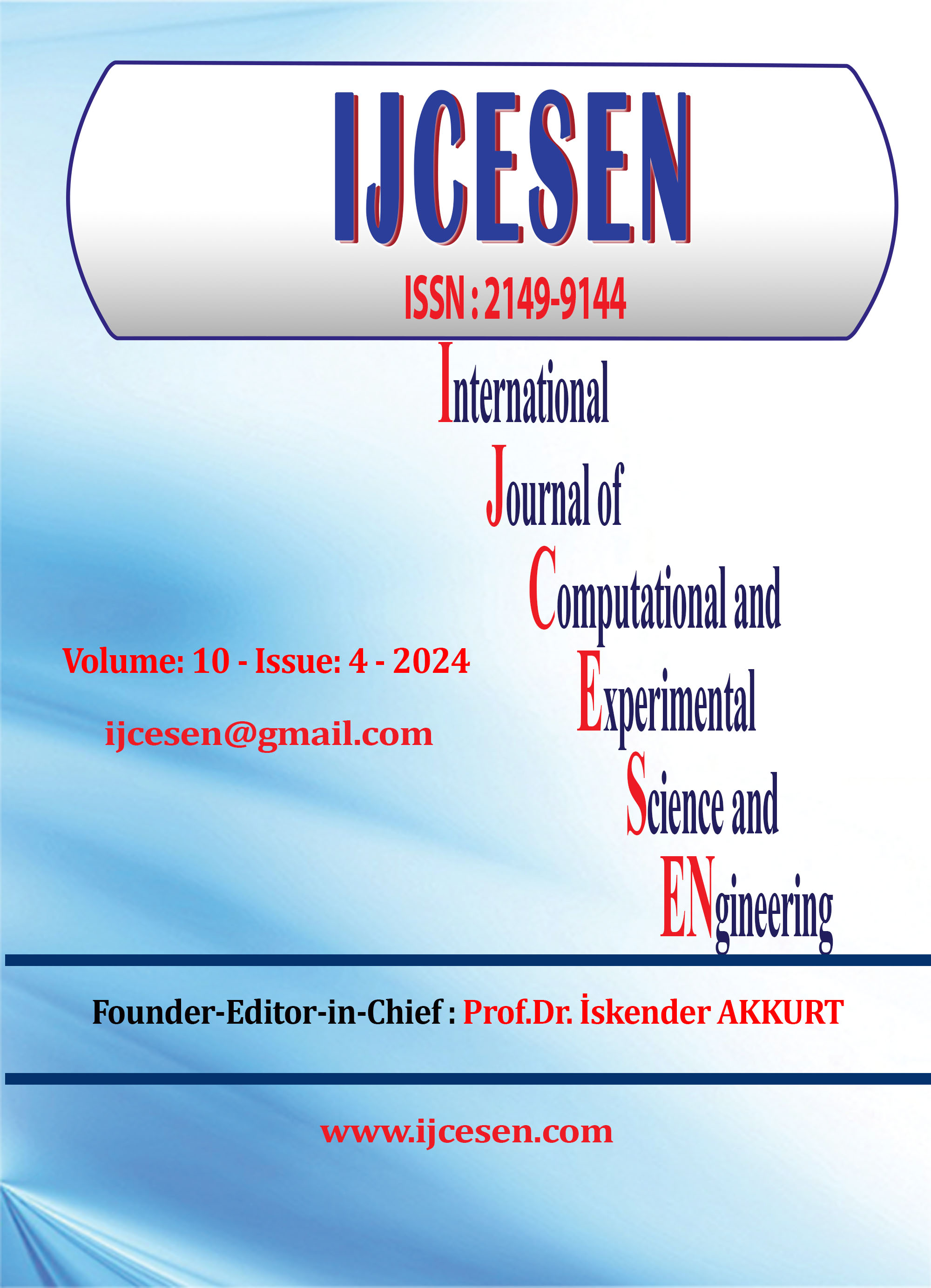Impact of Employee Mental Health on Employee Performance in the Malaysian Banking Sector
DOI:
https://doi.org/10.22399/ijcesen.3718Keywords:
Mental Health, Employee Performance, , Analog Modeling, WorkersAbstract
The operational duties and nature of work activities in the service sector make work-related stress an inescapable part of the job. Three aspects of work-related stress—overload, role conflict, and financial incentives—are investigated in this research to determine their effects on employee performance. Seventy workers at a Malaysian bank were surveyed using a combination of secondary sources and structured questions. After data collection was complete, SPSS version 25, which stands for the Statistical Package for the Social Sciences, was used for empirical analysis. Of the three factors used to predict performance, the results showed that financial incentives and job overload were the most influential. The results agreed with those of previous research by other academics. Other predictors should be considered for future study, and their application across other industries should be explored. These days, companies can't survive without individuals who can think outside the box and come up with new ideas. A company may gain a competitive edge and ensure its long-term viability via the innovative thinking of its employees. The banking industry is a subset of the economy that specializes in taking deposits from customers and then investing those funds to create even more riches. The banking industry is devoted to improving customer service and has made significant investments in technology. So, the innovative spirit of bank workers will shape how a company evolves to achieve its goals. Research on how mental health affects creativity is still scarce, particularly in the financial sector. Therefore, the purpose of this research was to look at how the mental health of bank workers at certain top banks relates to their creativity
References
[1] Anand, A., & Vohra, V. (2020). The impact of organization work environment on job satisfaction, affective commitment, work-family conflict and intention to leave: a study of SMEs in India. International Journal of Entrepreneurship and Small Business, 41(2), 173-196.
[2] Brailovskaia, J., Frahsek, M., & Margraf, J. (2022). Work overload and addictive social media use: a relationship with depression symptoms and life satisfaction. Journal of Technology in Behavioral Science, 7(3), 358-367.
[3] Herisma, J., Diantimala, Y., & Saputra, M. (2022). Do organizational commitment and work stress moderated by locus of control influence auditor performance? Evidence from banking institution. Journal of Accounting Research, Organization and Economics, 5(2), 172-180.
[4] Elrayah, M., & Semlali, Y. (2023). Sustainable total reward strategies for talented employees’ sustainable performance, satisfaction, and motivation: Evidence from the educational sector. Sustainability, 15(2), 1605.
[5] Hwang, K. M. (2019). The effect of the medium and small hospitals nurses’ role conflict on organization effectiveness of positive psychological capital. The Journal of the Korea Contents Association, 19(1), 60-73.
[6] Iskamto, D. (2021). Stress and its impact on employee performance. International Journal of Social and Management Studies, 2(3), 142-148.
[7] Jegatheeswari, P., & Anandi, D. (2023). A study on the effect of incentives on employees performance. SJCC Management Research Review, 143-153.
[8] Kamalia, K., Muhammad, S., & Indrijawati, A. (2022). Mediation effects of work motivation: The influence of competence, organizational communication and role conflict on employee performance. The Scientia Journal of Economics Issues, 1(2), 31-44.
[9] Karima, M., Balushi, A., & Aulia, S. (2019). A study on motivation and its relationship with employee loyalty and commitment: A case study of Nama Group Sultanate of Oman. International Journal of Managerial Studies and Research, 7(4), 112–122.
[10] Kuswati, Y. (2020). The effect of motivation on employee performance. Budapest International Research and Critics Institute-Journal (BIRCI-Journal), 3(2), 995-1002.
Downloads
Published
How to Cite
Issue
Section
License
Copyright (c) 2024 International Journal of Computational and Experimental Science and Engineering

This work is licensed under a Creative Commons Attribution 4.0 International License.





